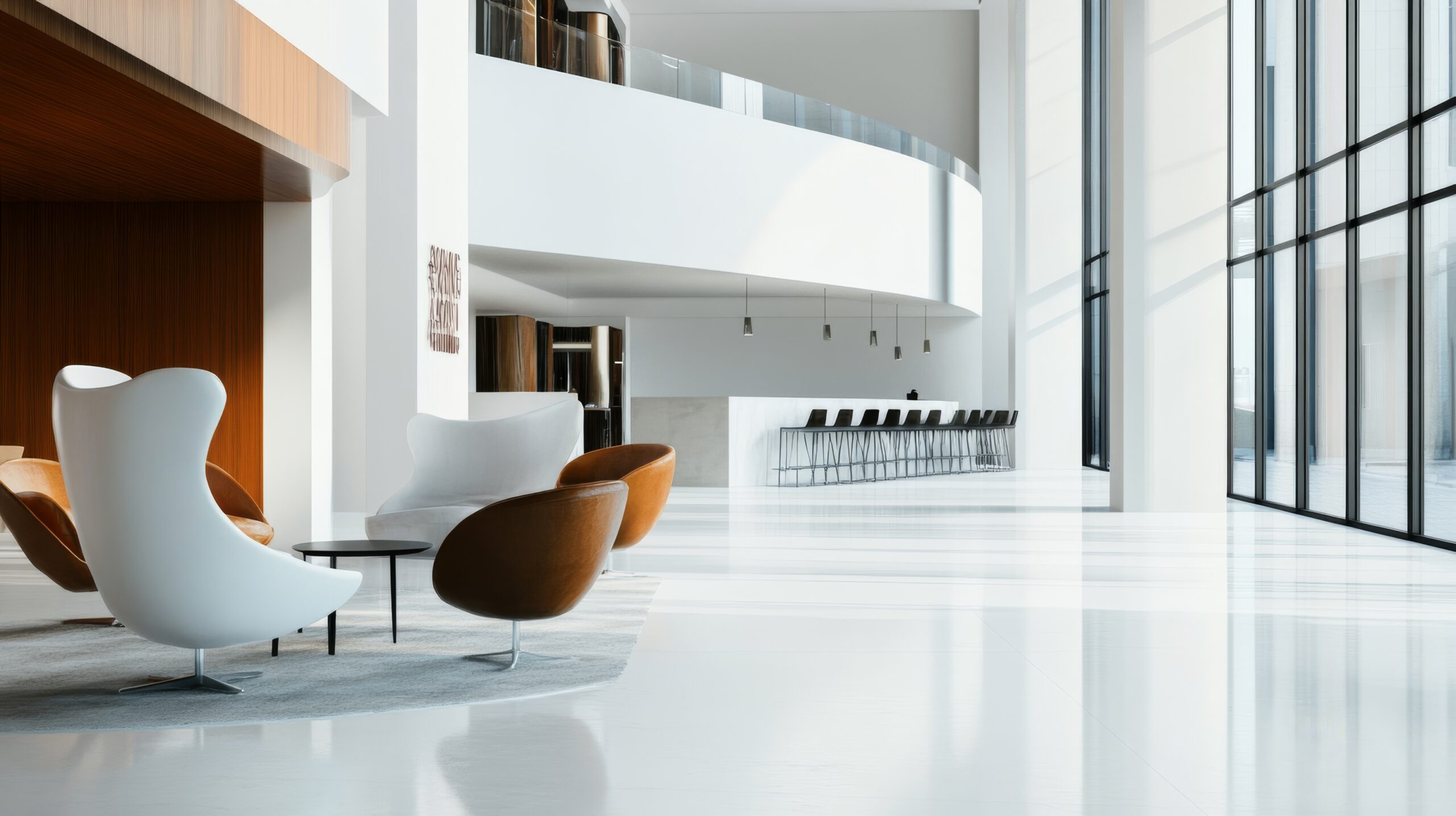There was a time when the hotel lobby was just a place to pass through. You’d check in, maybe grab a complimentary coffee, and move on to your room. Lounges were for waiting. Rooftops were for private events you couldn’t attend. But those days are behind us. Today, the most forward-thinking hotels are turning these “in-between” areas into something entirely new—and far more valuable.
Welcome to the era of the “third space.” As a hospitality consultant, I’ve seen firsthand how lobbies, lounges, and rooftops are being reimagined to serve not just as transitional zones, but as vibrant hubs for connection, creativity, and community. If you’re designing or renovating a hotel, understanding the power of the third space isn’t just a trend—it’s a necessity.
What Is a Third Space?
In simple terms, the third space is the place between home and work. It’s where people go to relax, meet up, collaborate, or just be. Think coffee shops, co-working lounges, art galleries—places that aren’t defined by a single purpose. Hotels are perfectly positioned to embrace this concept because they already bring together a wide mix of people from different walks of life.
When done well, a hotel’s third space becomes the heart of the property. It draws in guests, locals, and even remote workers looking for more than just free Wi-Fi. And it adds serious value, both to the guest experience and the bottom line.
From Transactional to Experiential
Let’s start with the lobby. Traditionally, it’s been the site of check-in and not much else. But now, we’re seeing lobbies that look and feel more like living rooms, coworking spaces, or even cafés. Comfortable seating arrangements, ambient lighting, power outlets at every table—these aren’t luxury upgrades; they’re expectations.
I recently worked with a boutique property that removed its formal front desk entirely. Instead, they trained all their staff to be “hosts” who greet guests at a communal table or lounge area. That one change made the entire space more human, more flexible, and more inviting. It also encouraged people to linger—whether to answer emails, meet friends, or grab a drink.
The idea is to blur the lines between public and private, business and leisure. Today’s traveler doesn’t want rigid zones—they want flow.
Lounges That Bring People Together
The modern hotel lounge isn’t just a quiet space to read the newspaper. It’s a social catalyst. Whether it’s outfitted with long tables for communal dining, shelves filled with books and games, or a rotating art exhibit from local creatives, the best lounges invite people to stay a while—and come back.
Some hotels are going even further by programming these spaces with live music, maker workshops, or themed pop-up events. It’s not about being everything to everyone. It’s about creating meaningful micro-experiences that turn a space into a place.
And let’s not forget about food and drink. A well-placed coffee bar or cocktail station can shift the entire energy of a space. When you bring hospitality into the lounge—through thoughtful service and a sense of discovery—you create something guests remember long after checkout.
The Rooftop Renaissance
Rooftops used to be an afterthought, often reserved for VIPs or private parties. Now, they’re some of the most dynamic third spaces a hotel can offer. With the right design and vision, a rooftop can transform into a multi-use destination: breakfast nook by day, sunset bar in the evening, open-air cinema or fitness studio at night.
Rooftops are also uniquely suited for building community. I’ve seen properties host everything from sunrise yoga sessions to local farmers’ markets. And when locals start coming to your hotel for more than just the views, you know you’re doing something right.
One of my favorite examples is a hotel that turned its rooftop into a co-working and event space during the week, then into a DJ lounge on weekends. It wasn’t huge, but it was smart—and it made that hotel the talk of the neighborhood.
Design That Supports Flexibility
Of course, none of this happens without intentional design. If you want a space to support multiple uses—morning meetings, afternoon lattes, evening networking events—you have to plan for it. That means durable furniture that can be moved, lighting that adjusts to the mood, and zoning that feels intuitive without being rigid.
Technology plays a role too. Strong, fast Wi-Fi is non-negotiable. So are accessible power sources and smart acoustics. But the tech should never overshadow the feel of the space. The goal is seamless support, not flashy gimmicks.
I often tell clients: design for how people actually live, not how you think they’re supposed to behave in a hotel. The more a space reflects real life, the more people will use it—and the more it will generate value.
Why It Matters
In a world where remote work is normal and travelers are looking for experiences over amenities, third spaces give hotels a competitive edge. They create moments of connection, surprise, and belonging. They also offer opportunities for new revenue streams—from day-pass coworking to food and beverage to local partnerships.
But more than that, they give hotels a soul.
When you walk into a hotel and see people gathered around a fire pit, or laughing over board games, or working quietly side by side—you feel something. You feel like you’re part of something. And that feeling is what keeps people coming back.
The Future Is Flexible
The rise of the third space isn’t a fad—it’s a shift in how we think about hospitality. As the boundaries between work, play, and community continue to blur, hotels have an incredible opportunity to lead the way. Not by copying coffee shops or co-working brands, but by doing what hospitality does best: making people feel welcome, seen, and at ease.
If you’re planning a new property or rethinking an old one, start with the in-between spaces. Invest in them. Design them with intention. And above all, ask yourself: would you want to hang out here?
If the answer is yes, you’re on the right track.
